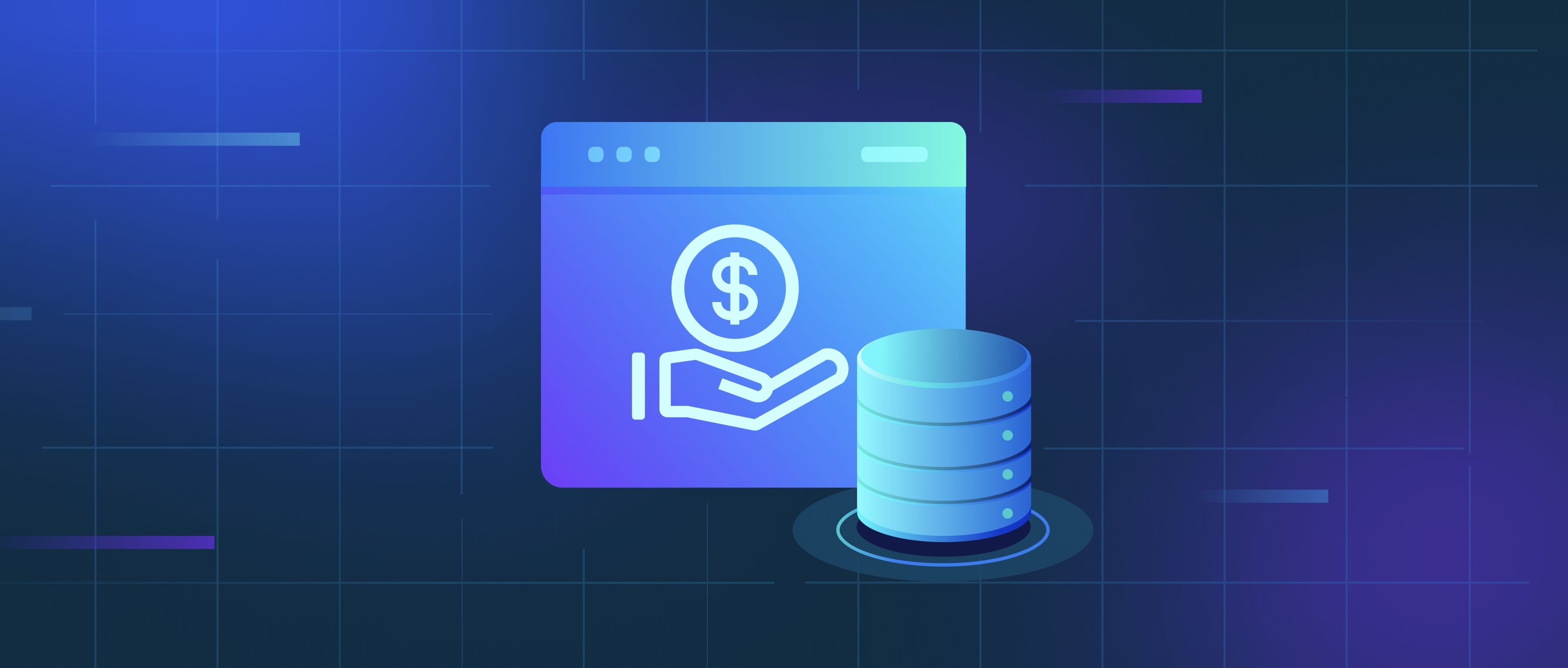Graph search and image retrieval are closely related through the way they organize and access data. Graph search involves navigating relationships or connections between different pieces of information, while image retrieval focuses on locating images based on a query. At its core, both processes require efficient algorithms to search through potentially vast datasets. For instance, when searching for images, a graph can represent the features of each image, such as color, texture, and shapes, as nodes, and the relationships between these features as edges. This allows for a structured way to traverse and find relevant images based on similarity searches.
An example illustrating this relationship is in a content-based image retrieval system, where images are stored as nodes in a graph. Each image can be associated with various attributes, such as tags, categories, or similar images. When a user inputs a query image, the system conducts a graph search to find images that are structurally connected or have similar features. By examining the connections in the graph, the system can prioritize images with the closest visual attributes, returning results that are most relevant to the user's needs.
Moreover, graph search can enhance the retrieval process by incorporating user preferences or metadata to improve search results. For instance, if a user frequently searches for landscapes, the graph can be updated to give precedence to landscape images in future searches. This dynamic approach helps refine results and personalize the user experience. In summary, the synergy between graph search and image retrieval can enhance the effectiveness and efficiency of locating relevant images, making it easier for developers to implement and users to interact with the system.
